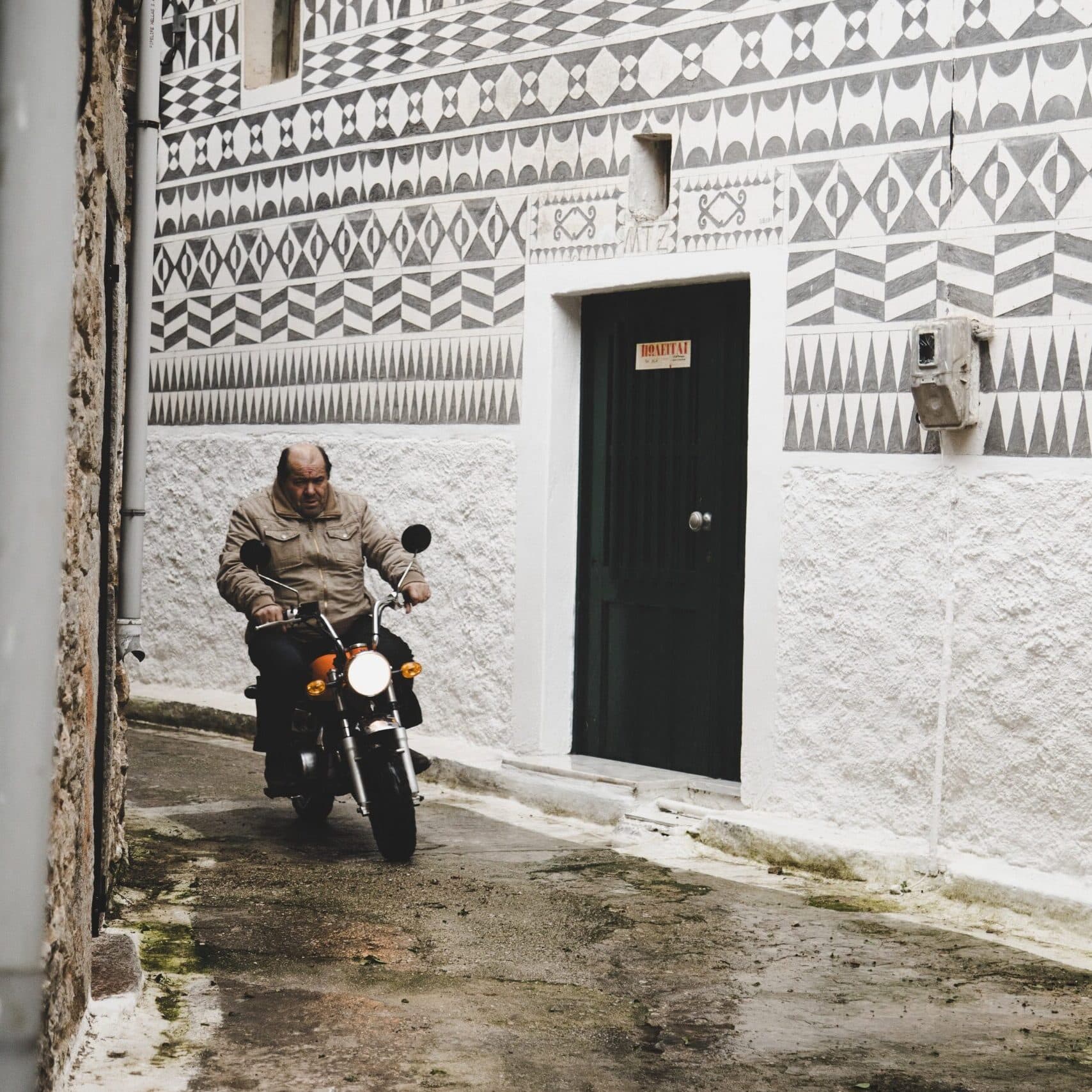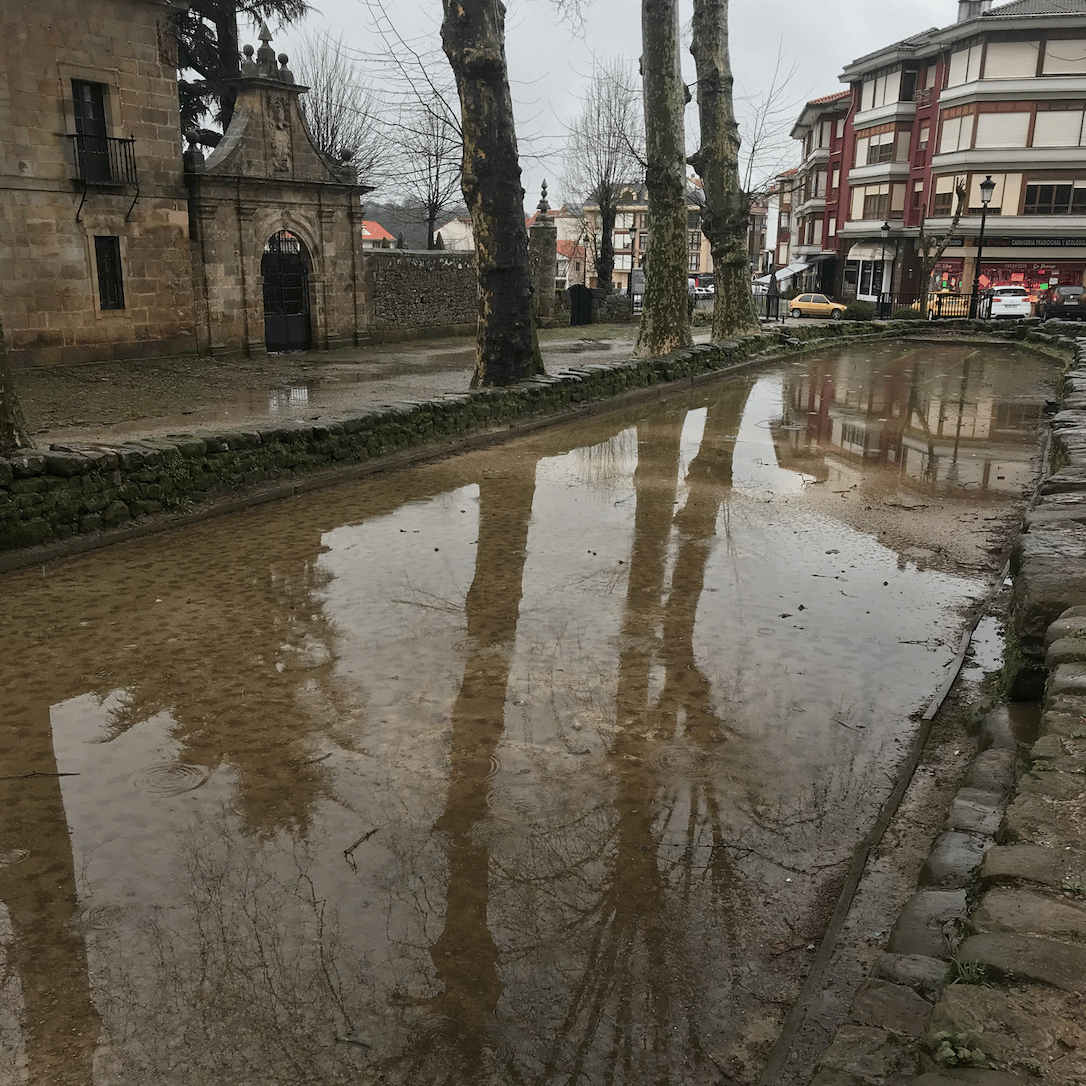🇺🇸 EN
🇹🇷 TR
🇺🇸 EN
Long time ago, Netherlands’s city authorities have allowed the people to built their own house, but after a while they realize that the buildings are leaning forward due to the softness of the ground. As a solution for this, they have begun to create the foundation by striking wooden piles on the mud floor. These costs were taken from the taxes paid by the people. The amount of tax was calculated by the width of the building. The people had built their houses long and narrow to pay less taxes.
Therefore, it has always been difficult to move into these narrow, side-by-side houses. So, there are “hooks” on top of each house.household goods can move from here up. And the upper side of the houses is curved at a slight angle to the front, so that the goods that are being transported will not damage the windows of the house.
🇹🇷 TR
Vergiden kaçarken ortaya çıkan mimari: Hollanda Evleri
Hollanda’da uzun zaman önce halkın kendi evlerini kendilerinin yapmasına izin veren kent otoriteleri, bir süre sonra farketmişler ki, zemin yumuşak olduğu için binalar öne doğru eğiliyor. Çözüm olarak, çamur zemine ahşap kazıklar çakılarak temel yaratılmasını önerir. Fakat bu süreçte oluşan masrafların halkın ödediği vergilerden alınmasına alınan vergilerin ise bina cephesinin genişliğiyle hesaplanmasına karar verilir. Halk da çok vergi ödememek için evlerini uzun ve dar olarak yaptırmaya başlar.
Fakat yan yana dizilen ve cephesi dar bu evlere eşya taşımak bir süre sonra güçleşir. Halk buna çözüm olarak, her evin tepesine kanca takmayı akıl eder. Günümüzde bu büyük, iri ve sağlam kancalara bağlanan eşyalar evlere kolaylıkla taşınıyor. Evlerin üst tarafı da hafif bir açıyla öne doğru eğiliyor ki, taşınan eşyalar evin cephesine, camlarına zarar vermesin.



